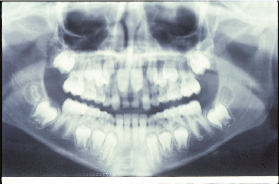Having braces (or Invisalign) will require a few lifestyle changes for most of us. Most of these changes are small, such as closer attention to brushing, flossing, and eating habits, but they are important to keep braces in good condition and teeth healthy. In fact, these are good habits to have regardless of whether you have braces or not!
Food is a wonderful thing, and the huge variety of it is undeniably one of the simplest pleasures of life. Unfortunately, however, many foods are very bad for our teeth, particularly when we have braces. Just by knowing how some foods act on other things around us (think Coke staining a tablecloth or maple syrup sticking to our fingers) we can take a guess on some. Others can be more stealthy.
Let’s take a look at a few types of foods and how they affect teeth and braces:
Hard foods
Hard foods like hard candy, ice, and nuts are hard on teeth and hard on braces. These kinds of foods are like gravel and have the potential to wear down teeth and damage braces. Plus, the sugar in hard candies promote the growth of bacteria which results in cavities.
Sticky foods
Sticky foods like caramel and gum are very bad ideas with braces. They can get stuck between braces or teeth and if not brushed or flossed away soon, can start to damage teeth. While sugar-free gum isn’t bad for your teeth, it’s not a good idea with braces.
Acidic foods
Very acidic foods and drinks like soda, fruit juices, and sports drinks are the worst at promoting cavities. The drinks listed above are doubly harmful because they also contain a lot of sugar, which cavity-causing bacteria love to feed on.
With some patience and a little bit of practice, you can still enjoy your favorite foods whether you have braces or not. If you have any questions about braces in Creve Coeur, Invisalign, and best care practices, contact Dr. Andy Frost in Creve Coeur, MO by calling (314) 567-1888 or by filling out our simple online form.

